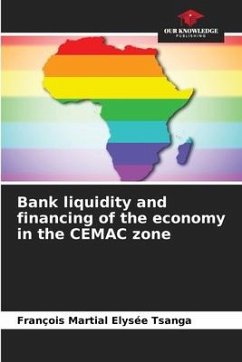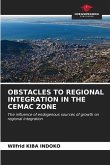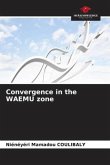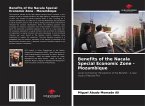This book examines the link between bank liquidity and the financing of the economies of the six CEMAC countries between 1987 and 2007 through a panel data analysis. In the model inspired by Demirgüç-Kunt & Huizinga (1999), credits to the economy are the explained variable and correspond to the financing of the economy, while financial deepening, reserves, net foreign assets (NFA), inflation and lending rates are the explanatory variables. The results indicate that of all the explanatory variables, only reserves and NVA are significant. The former positively affects the financing of the economy, while the latter has a negative impact on financing. Based on our results, we recommend an increase in reserves for banks by ensuring the accumulation of reserves, in addition there should be a threshold of net external assets of banks set by the BEAC and finally a community fund supplied by the CEMAC member states.
Bitte wählen Sie Ihr Anliegen aus.
Rechnungen
Retourenschein anfordern
Bestellstatus
Storno








